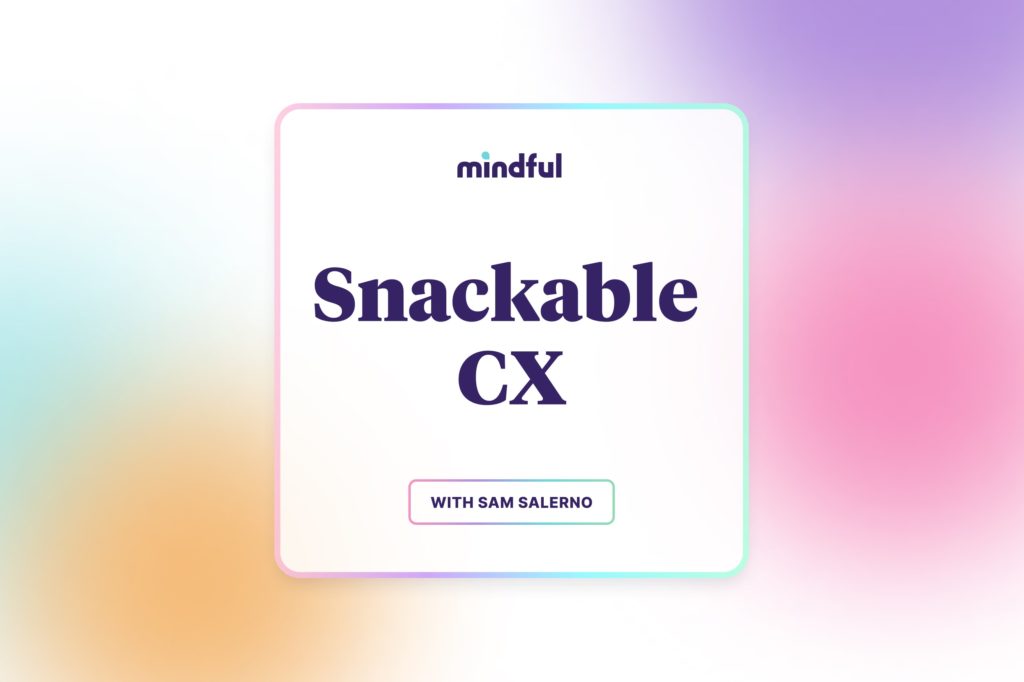Episode details
We’ve found that often times the best way to break through the noise and figure out your next best step is to talk with peers. And, in a mostly virtual world these days, that can be tough to find. So we interviewed some incredible contact center leaders to see what advice they’d lend. And it’s real good.
This episode was adapted from the article, “Experts Weigh In: 3 Contact Center Management Best Practices.”
Still hungry?
Subscribe on Apple Podcasts or Spotify to get fresh episodes each week.




